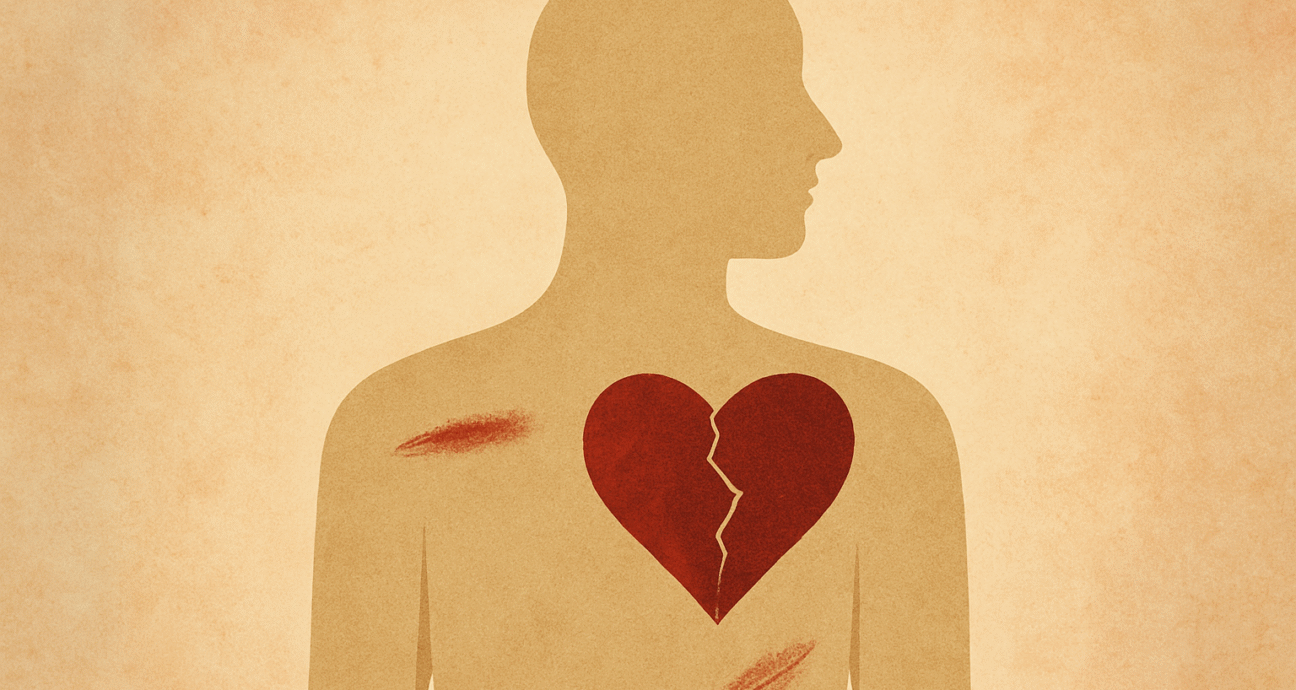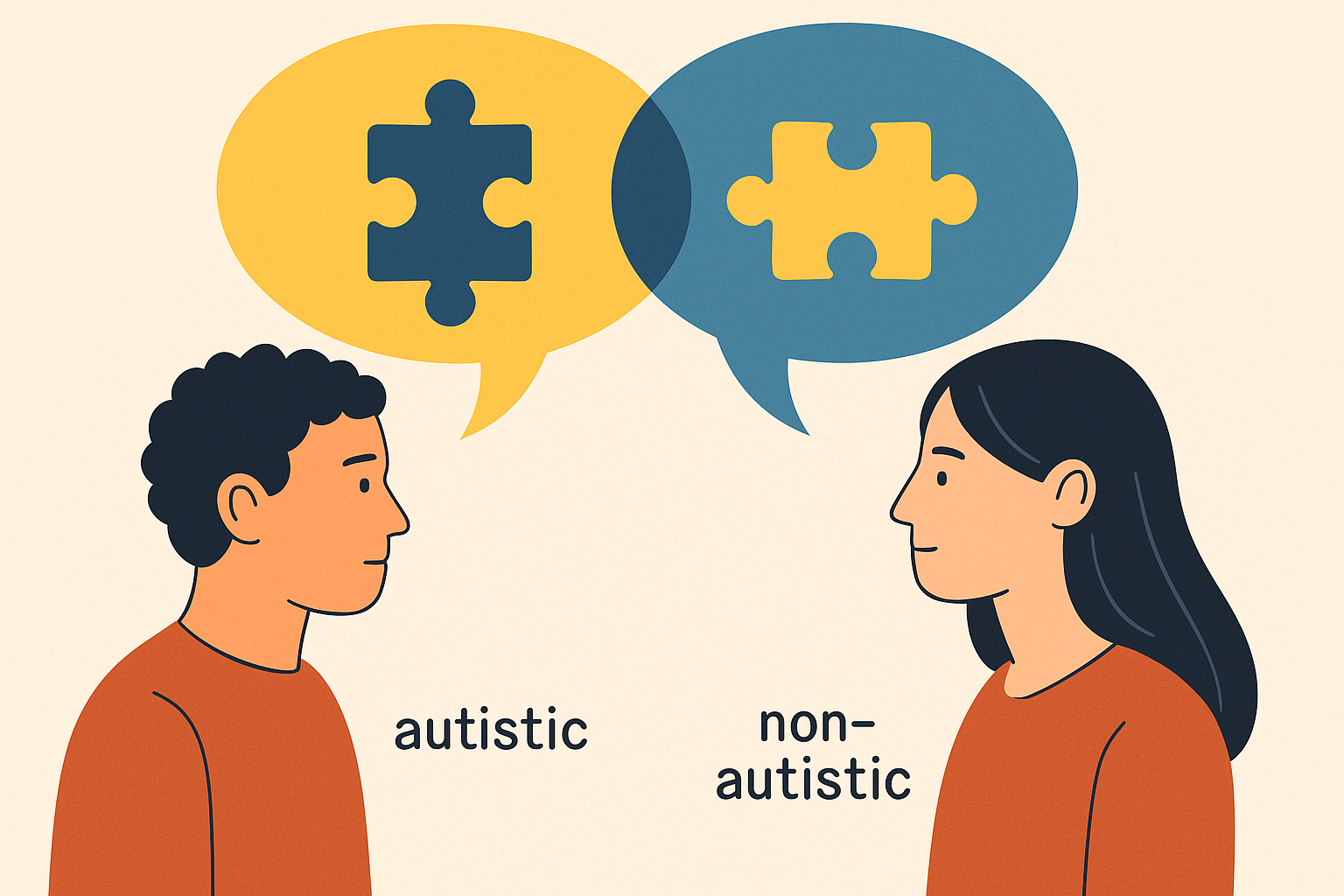How Deep Is the Wound? Rethinking the Meaning of Trauma

In today’s mental health conversations, the term “trauma” is used almost everywhere. Many people identify with it, believing that every painful moment must leave a lasting mark. Yet, not every emotional injury is a traumatic one. Understanding how deep a wound truly goes—and what that means for recovery—can help us avoid unnecessary labels, choose better therapeutic approaches, and allow individuals to see themselves as more than their pain.
In my new book, How Deep Is the Wound?, I explore how to recognize the depth and nature of emotional injuries, and how that understanding can guide real healing.
Scratches, Fractures, and Scars: A Helpful Metaphor
Imagine three kinds of physical injuries:
- A scratch stings but fades quickly.
- A fracture requires careful alignment and dedicated care to heal.
- A scar no longer hurts—it simply reminds us that something once happened.
Emotional wounds follow similar patterns. Some experiences sting briefly and fade. Others leave a scar that reminds us of what we’ve endured and learned. But when the nervous system becomes overwhelmed or repeatedly triggered, the wound behaves more like an untreated fracture—deep, lingering, and in need of intentional repair.
Recognizing the depth of the wound is the first compassionate step toward recovery. Not all pain requires the same remedy.
From Adaptive Response to Lasting Wound
Human emotions are designed to protect and teach us. They help us assess danger, adapt, and grow. Usually, the system recalibrates after hardship. But when our natural recovery process is blocked by chronic stress, unsafe relationships, or a lack of support, the pain can turn into a persistent wound that reshapes our identity, beliefs, and behavior.
We may start to live defensively—avoiding risk, closing off emotionally, and seeing safety in disconnection.
This is when pain stops being an event and becomes a strategy for survival—one that causes more harm than protection.
Different Kinds of Emotional Wounds
In my book, I describe a spectrum of emotional injuries, from minor scratches to deep psychological fractures.
Each type affects how we feel, relate, and heal.
- Relational wounds—like heartbreak, betrayal, or constant criticism—don’t always activate the same alarm systems as trauma. Instead, they reshape how we see ourselves and others, creating insecurities that act as “protective stories.” Healing here involves recognizing these narratives and gently rewriting them.
- Wounds of neglect or invisibility often manifest as emotional numbness or chronic neediness. When repeated attempts for connection go unanswered, the mind may learn that “I don’t matter.” Healing such wounds means rebuilding trust and safety, allowing the nervous system to learn that it’s safe to feel and to ask for what we need.
Every wound exists on a continuum—its depth depends on timing, meaning, and personal resources.
Healing Through Resolution, Not Erasure
True healing doesn’t mean forgetting. It means relocating the memory—allowing it to inform us without defining us.
Resolution is the process of bringing awareness to unprocessed fears, reducing their grip on daily life, and restoring agency. Healing, then, is not about erasing pain but about reclaiming authorship of our story.
Like tending to a physical cut, we stop the bleeding first, care for the wound, and let it close—so that it becomes part of our history, not our identity.




